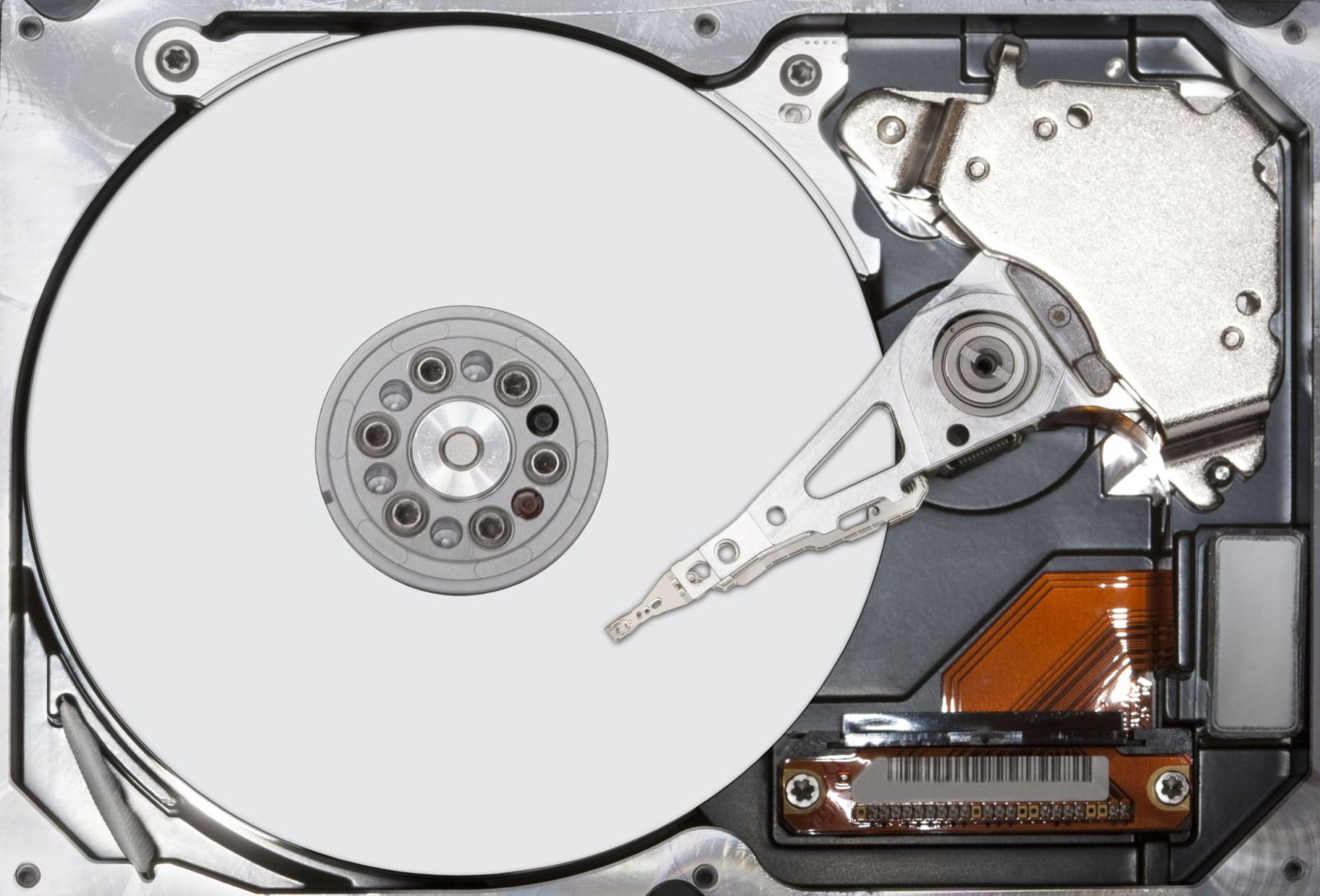A hard drive head crash occurs when the drive’s read/write heads come into contact with the rotating platter. Caught in time, and data recovery is fairly straightforward. But if the drive continues to be used after a head crash has occurred, then the chances of a successful data recovery will fall dramatically.
The magnetic platters are where your data is stored, and they spin at speeds of up to 15,000 RPM. The read/write heads write data to the platters in binary code – a series of 1s and 0s. Even a tiny knock or bump to the hard disk drive can cause the read/write heads to crash onto the magnetic platter – causing a head crash. Head crashes are more common in laptop hard drives and external hard drives, which tend to be moved around a lot and are therefore more prone to knocks and bumps. While Active Hard Drive Protection (AHDP) software in modern hard drives can lessen the damage caused by a head crash, there’s no way of preventing them.
If you hear a noise coming from your hard drive, it could be a head crash (or another physical fault) or it could be something less serious. There could be something lodged in the fan, creating a worrying noise. But if you do hear a clicking or ticking noise – power down your hard disk drive immediately. Not doing so could lessen the chances of a successful data recovery significantly.
Hard Drive Data Recovery are able to recover data from hard disk drives that have suffered from a head crash. We offer a free data recovery diagnostic service on all hard drives, so you won’t pay a penny if the data recovery is unsuccessful.
